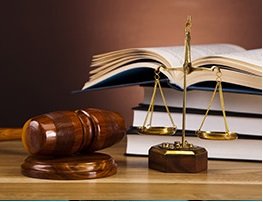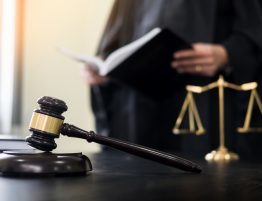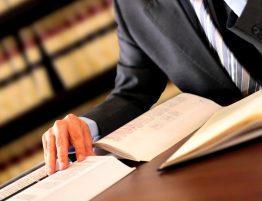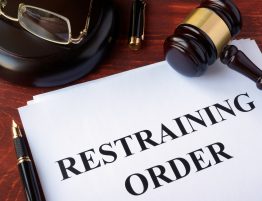
All civil lawsuits go through an orderly pattern: pleadings, discovery, trial and appeal.
Pleadings
In the first step of ‘Pleadings’, both parties get a chance to discuss their side of the dispute. The plaintiff will explain how the defendant’s actions (or lack of) caused harm to the plaintiff and how he or she is now accountable under the law.
After this, the defendant formulates a reply to this formal complaint and may even file counter-claims against the plaintiff if the defendant feels the plaintiff was actually the one to have caused the damages. Many times, one or both of the parties, may request the court to dismiss part or all of the charges as well if they are baseless.
Discovery
The second step in a civil lawsuit is that of discovery which involves thorough case preparation based on detailed data that both parties get from each other or from other parties. A key method is through ‘depositions’ in which the witness will be interviewed under oath. Depositions are often very helpful in building a time line of how events happened and whether there are any inconsistencies between the stories of different witnesses.
Some experts can help in strengthening your case as they can help provide technical information or validate a certain argument that your party is trying to build. Often financial experts can help the jury understand the financial burden of the losses that the injured party has had to suffer. Sometime before the trial, one or both of the legal parties may use motions to request the court to take some action. These motions can seek clarifications or resolution of procedural disputes or they may request presentation of certain information pertinent to the case.
Trial
At the start of the trial, both plaintiff and defendant attorneys are present at the opening statement after which they present their evidence supported by witness interrogation. The plaintiff is given the opportunity to present their evidence first after which the defendant is allowed to present evidence that proves their innocence. Once evidence presentation is done, both parties make their closing arguments after which the jury or judge deliberate on the verdict.
Appeal
After the verdict has been passed, both parties have the right to appeal as well in which the dissatisfied party can approach a higher court and present the previous court’s trial proceedings. The appellate court reviews the trial for legal error and forms an opinion; if it believes that the verdict was based on legal error, they may reverse the verdict or order a new trial.
It is a good idea to evaluate the merits of all alternatives to litigation early on in the legal process. The most common alternative is a settlement which can be pursued at any stage during the litigation process. Sometimes, parties may request outside mediation which can help them assess their risks if they go forward with the trial. Another alternative is arbitration in which a neutral third party is selected to help resolve the dispute; it is less formal than a court trial but still involves presentation of evidence.
While it is true that each civil lawsuit case is different, it helps tremendously if you understand the litigation procedure in detail. Your attorney can assist you in gauging the merits of all options available to you in order to choose the least burdensome and financial viable legal course.
Author Bio:
Attorney Barry Boches provides personalized legal representation for criminal defense, DWI and personal injury lawyers in Illinois.







